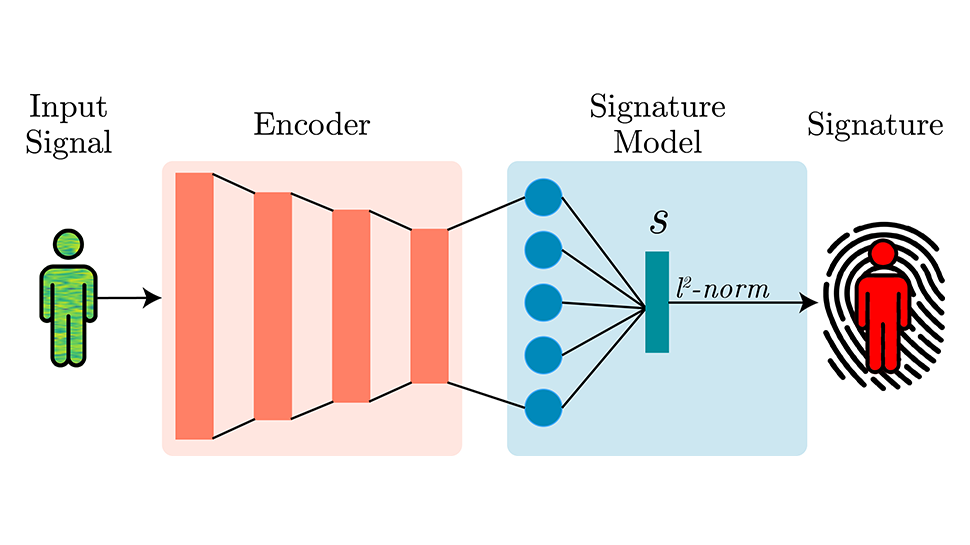Wi-Fi signals could be used to uniquely identify individuals — WhoFi complements biometrics prompting privacy fears
The tech uses existing Wi‑Fi networks to sense human presence and movement

- WhoFi uses Wi‑Fi signal distortions to fingerprint individuals without visual data
- Deep neural network maps signal changes to identify people with near‑perfect accuracy
- Academic research opens new privacy debates around biometric tracking via Wi‑Fi signals
Researchers at La Sapienza University in Rome have created WhoFi, a system which claims to be able to identify individuals by analyzing Wi‑Fi signals.
The system tracks people by interpreting how their presence disrupts Wi‑Fi patterns, offering a potential alternative to conventional biometric methods.
The technology works by examining Channel State Information, or CSI, which measures changes in Wi‑Fi signals caused by people and objects - and a deep neural network then interprets these disturbances as individual fingerprints.
No cameras or physical contact required
The researchers claim the system delivers 95.5% accuracy in identifying people even under different environmental conditions.
The team behind WhoFi includes Danilo Avola, Daniele Pannone, Dario Montagnini and Emad Emam, who previously proposed a system called EyeFi in 2020. The new system is more accurate and capable of re‑identifying people via non‑visual biometric signatures embedded in CSI.
WhoFi does not rely on cameras or physical contact. It needs only an existing Wi‑Fi network to sense human presence and movement.
The technology can operate in darkness, through walls, and even around obstacles, making it a discreet option compared to video surveillance systems.
Sign up to the TechRadar Pro newsletter to get all the top news, opinion, features and guidance your business needs to succeed!
The researchers stress that WhoFi does not collect personal data or reveal identities in the conventional sense, noting, “By leveraging non‑visual biometric features embedded in Wi‑Fi CSI, this study offers a privacy‑preserving and robust approach for Wi‑Fi‑based Re‑ID, and it lays the foundation for future work in wireless biometric sensing.”
Still, it’s clear that the ability to track individuals without their knowledge is a potential privacy nightmare.
Breaches of routine privacy can reveal patterns of daily behavior, such as regular locations or movements, potentially exposing sensitive personal habits.
So far, WhoFi remains an academic project with no known plans for commercial or government deployment. Yet the advantages in surveillance capability are clear. It can bypass poor lighting and crowded environments and is less conspicuous than cameras or visual scanners.
A number of similar Wi-Fi-based detection technologies have surfaced in various forms over the years.
Gamgee developed a fall detection system that could alert others if someone fell or if an intruder entered the home.
Comcast’s Xfinity service introduced Wi-Fi Motion, which turns everyday devices like smart fridges, printers, or TVs into motion sensors.
Other researchers have gone further, using Wi-Fi signals to "see" through walls. A UC Santa Barbara team created a system that outlines objects and even reads letters through barriers.
A similar study from Carnegie Mellon University demonstrated how standard Wi-Fi routers can detect a person’s location and body position inside a room.
You can read more about the research behind WhoFi in this paper published on the arXiv preprint server.
Via Tech Xplore
You may also like

Wayne Williams is a freelancer writing news for TechRadar Pro. He has been writing about computers, technology, and the web for 30 years. In that time he wrote for most of the UK’s PC magazines, and launched, edited and published a number of them too.
You must confirm your public display name before commenting
Please logout and then login again, you will then be prompted to enter your display name.